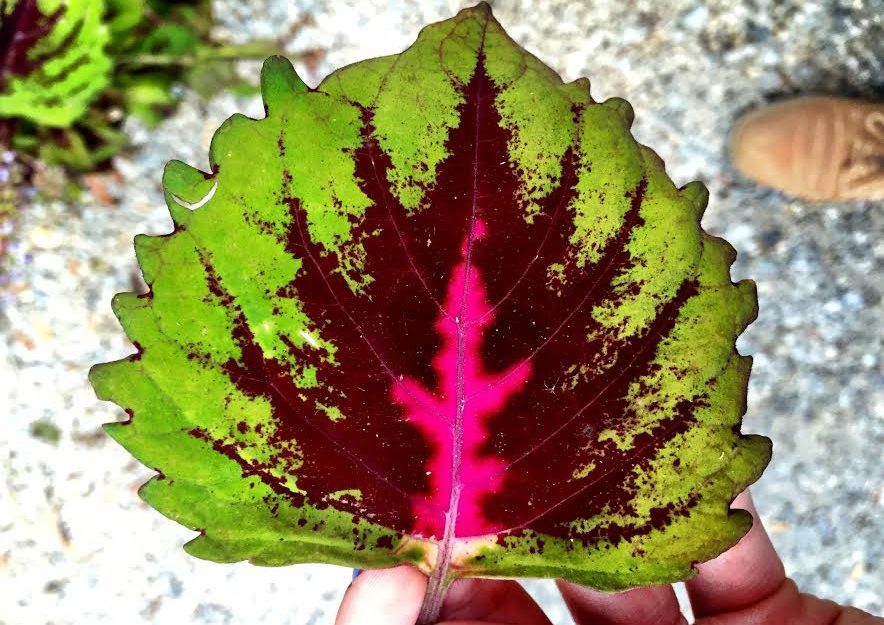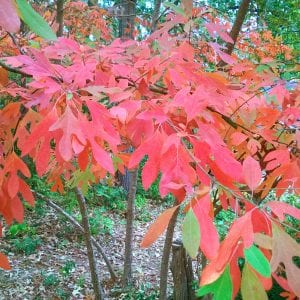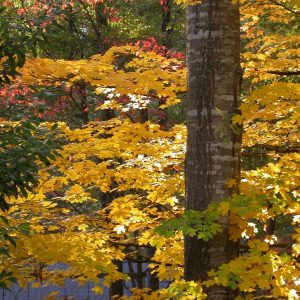Lawn & Garden

Learn—month by month—the necessary gardening activities for lawns and shrubs, annuals and perennials, fruit and nut trees, and bulbs, roots, and tubers. Included is a timeline for activities such as soil testing, planting, pruning, fertilizing, pruning, mulching, indoor plantings—from cauliflower to okra, from camellias to dahlias to heirloom roses.
Fruits and Nuts
- Select sites for plantings.
- Start mulching strawberries, blackberries, and grapes.
Shrubs
- Plant shrubs, trees, and vines.
Lawns
- Perform a soil test to determine if limestone is recommended and apply anytime this fall.
- Fertilize fescue lawns at 1 pound slow-release nitrogen per 1,000 square feet.
- As fall rain returns, monitor for fungal disease in fescue.
Roses
- Get rose planting underway.
- Use a soil test as a basis for fertilization.
- Look for new varieties.
Annuals and Perennials
- Plant hardy annuals such as larkspur, poppies, pansies, bugloss, candytuft, and ornamental cabbage and kale.
- Get sweet peas into the ground.
Bulbs
- Continue spring bulb planting.
- Put lilies of the valley in a shady place.
Miscellaneous
- Plant screen plantings for privacy on the patio.
Vegetables
- Use cold frames for tender, cool-season vegetables such as broccoli, cabbage, cauliflower, Swiss chard, lettuce, mustard, onions, radishes, and turnips.
Questions?
Call the Master Gardener Helpline at (877) 252-4769. A Master Gardener Extension volunteer is waiting to answer your call.
See other months from Alabama Gardener’s Calendar at www.aces.edu.
 Kerry Smith, Extension Associate, Horticulture, Frances Sledge, Horticulture Intern Auburn University. Originally prepared by Dave Williams, former Extension Horticulturist, and Ron Shumack, former Extension Horticulturist.
Kerry Smith, Extension Associate, Horticulture, Frances Sledge, Horticulture Intern Auburn University. Originally prepared by Dave Williams, former Extension Horticulturist, and Ron Shumack, former Extension Horticulturist.
Reviewed July 2022, Alabama Gardener’s Calendar – November, ANR-2623



